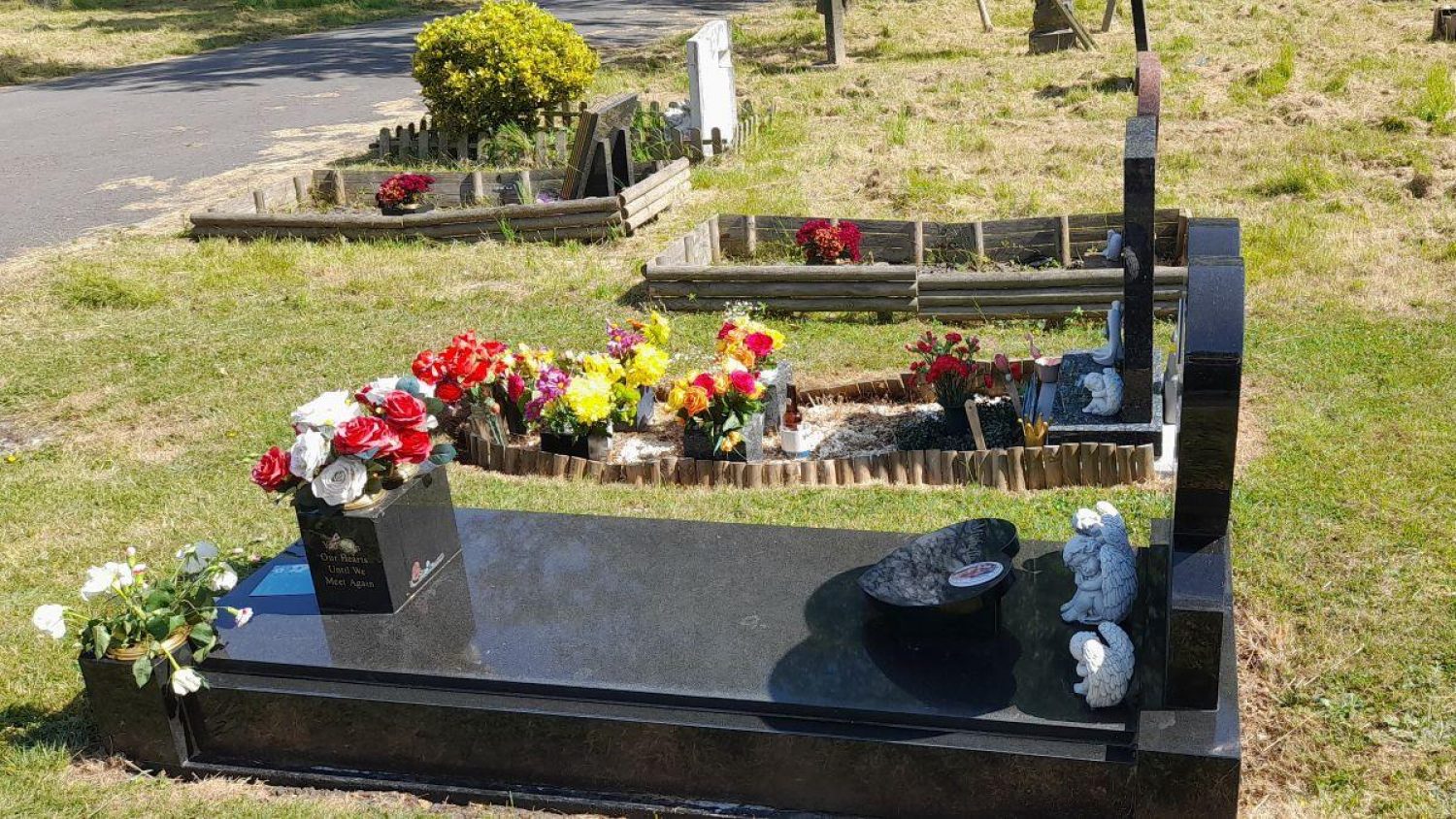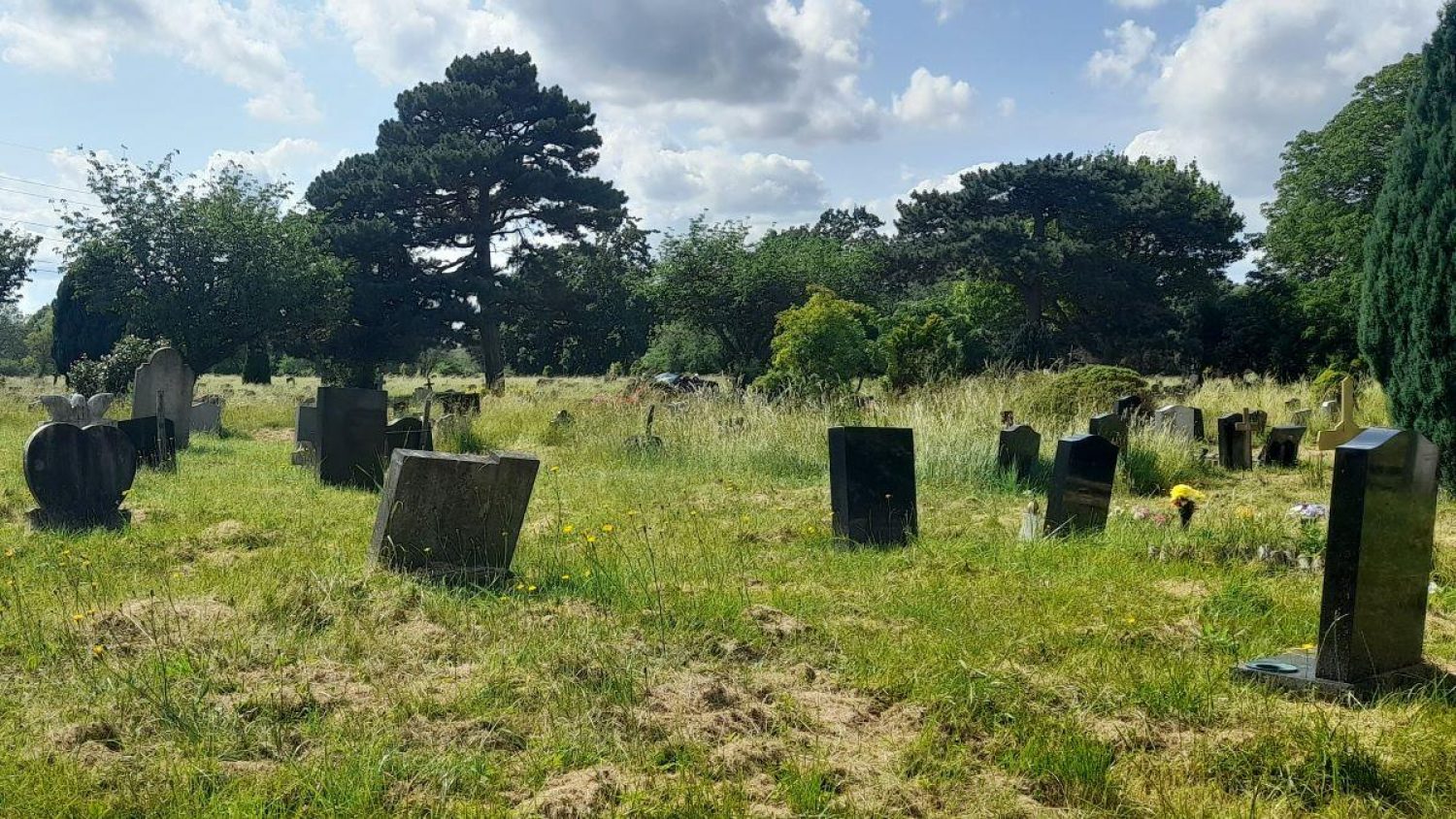Four minute read
A memorial stone or headstone can be a lasting and meaningful way to mark the grave of someone who has died, which can be appreciated by family and friends who visit the grave in years to come.
Here, we share some questions to bear in mind when choosing a memorial stone.
1. What kind of grave is it?
The memorial stone is not normally erected until a year after the burial. This gives the land time to settle.
Most municipal cemeteries will have consecrated areas (which have been declared sacred by the Church) and non-consecrated areas for burials. Some will also have sections for specific religions. There may be different regulations about what kind of memorial stone is allowed depending on which area of the cemetery the person is buried in.
The type of plot you have also makes a difference. If you have a traditional plot, you can use the whole area of the grave as a memorial as well as the headstone. Some people choose a horizontal stone slab; others to plant flowers in this area or to fill the space with coloured glass chippings.
However, if you have a lawn grave, you will only be able to erect a vertical memorial stone. The rest of the area around the grave will be grassed over.
The final option is an ashes plot, where cremation ashes can be buried. This takes up less room than a traditional grave. There are specific types of memorial stone especially designed for these kinds of plots.
A natural burial ground is unlikely to allow a headstone to be erected, however you can usually still mark the grave in a different way. This could be by planting native trees or flowers, dedicating a bird box in a nearby tree, or marking the area with a small, wooden plaque.
2. What words would you like on the memorial stone?
What to say in the inscription is, perhaps, the most important decision you will need to make.
As well as the person’s name and their dates of birth and death, many people choose to include the person’s relationship with the people left behind; a line of poetry; or a quotation from a religious text. You will need to bear in mind the space available on the memorial stone.
All wording must be approved by the cemetery office in advance. This process usually takes several weeks. The paperwork is submitted by your memorial mason.
3. What shape would you like the memorial stone to be?
Look around any cemetery, and you’ll spot a variety of different memorial stone shapes.
These all have different names which often indicate their distinctive shape — ‘curtain’, ‘horseshoe’, the rounded top ‘basket’, the pointed ‘gothic’ and many more. The shape you choose is entirely a matter of personal preference.
4. What type of stone would you like the memorial stone to be made from?
Granite is a popular choice because it’s hard-wearing, easy-to-clean and lower cost than some other materials. However, granite is usually shipped from China, so it is not the most environmentally friendly choice.
Other alternatives are Portland stone and slate, both of which are attractive and can be sourced within the UK.

